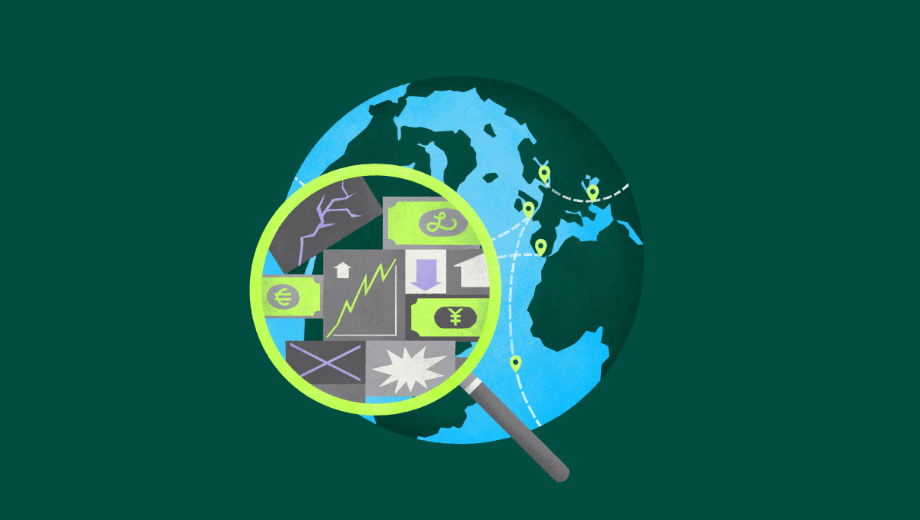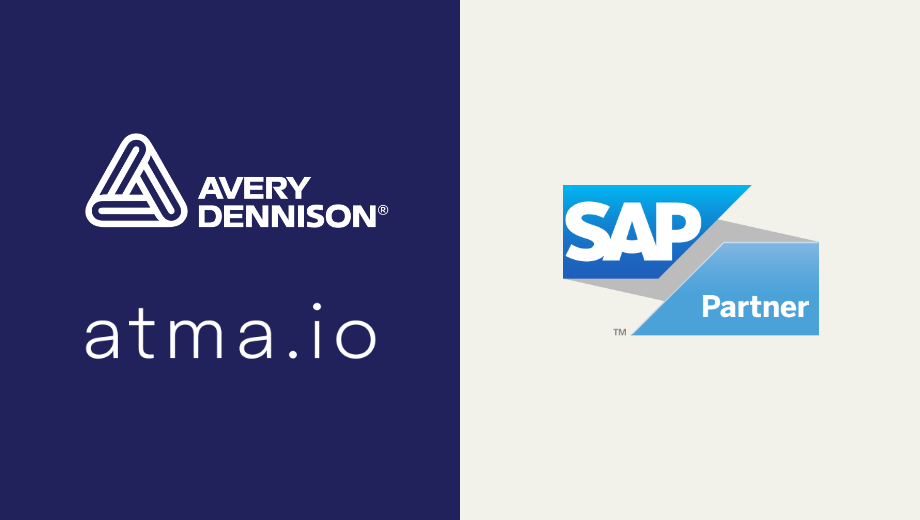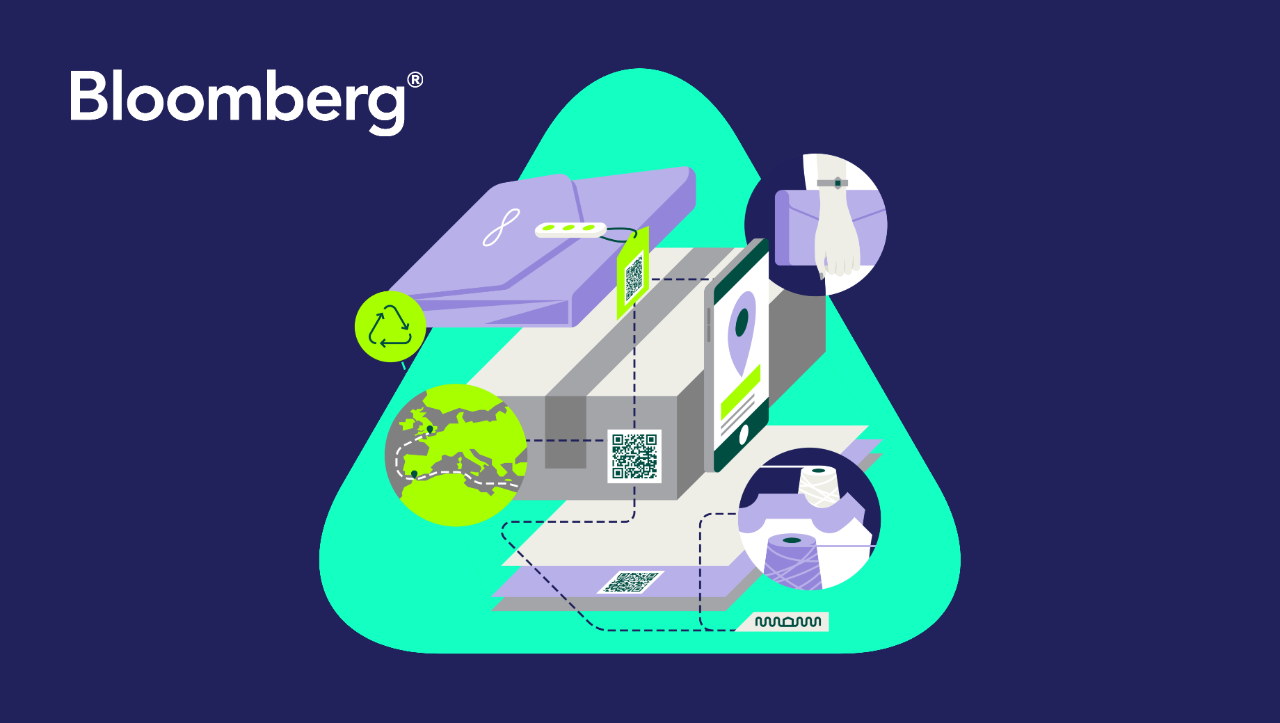In conversation with Avery Dennison’s Vice President of Strategy & New Business Development, Jeremy Schenof sits down to give his insights into our OEM agreement with SAP. He dives into how we are utilizing SAP Analytics Cloud to drive improved data solutions through digital IDs for our collective customers.
Q1: Why did Avery Dennison partner with SAP?
As digital ID adoption, such as RFID, accelerates across industries, item-level data becomes more ubiquitous. Avery Dennison helps our customers unlock more value from item-level data, by integrating it with our customer’s enterprise solutions, creating the potential for more comprehensive data. SAP is a leader in enterprise software, and our solution allows us to provide item-level RFID data that can be integrated into current SAP retail software, unlocking the accuracy needed for demand planning and forecasting, inventory management, and multi-channel delivery.
Q2: What kind of solutions or use cases does our partnership enable?
Our solution turbo-charges critical retail use cases that both companies are addressing today, but independently. By enabling RFID item-level data to feed into SAP software it addresses our customers' need for better inventory accuracy, improved omnichannel delivery, frictionless PoS, enhanced theft prevention and consumer engagement, enhancing what we offer to our collective customers.
Q3: Why is our partnership beneficial for our customers?
By connecting item-level data from Avery Dennison’s atma.io, connected product cloud, through SAP software, customers benefit from more accurate output. This enables retailers to know exactly what goods are in their supply chains and where they are in their journey. This, in turn, improves worker productivity, increases revenue, and reduces waste and working capital. For example, in the grocery space, Avery Dennison built the integration of our atma.io connected product cloud with SAP Analytics Cloud to help grocers better manage in-store expiry dates, reducing food waste and early markdowns. Automated alerts can be created to bring food from back-of-store to shop-floor enabling improved on-shelf availability. And by providing visibility of the dwell time for goods in the DC it helps to prolong shelf life in the store.





